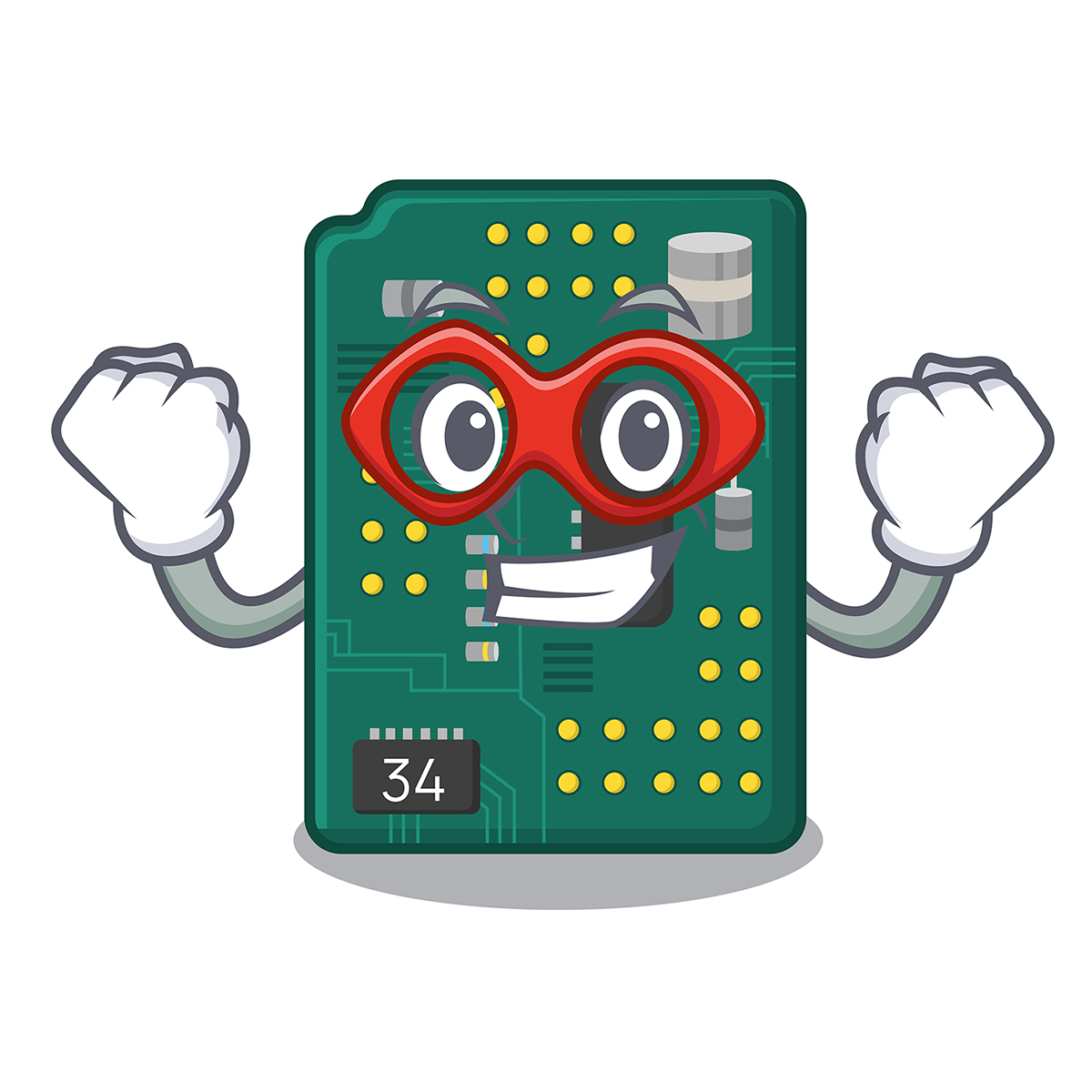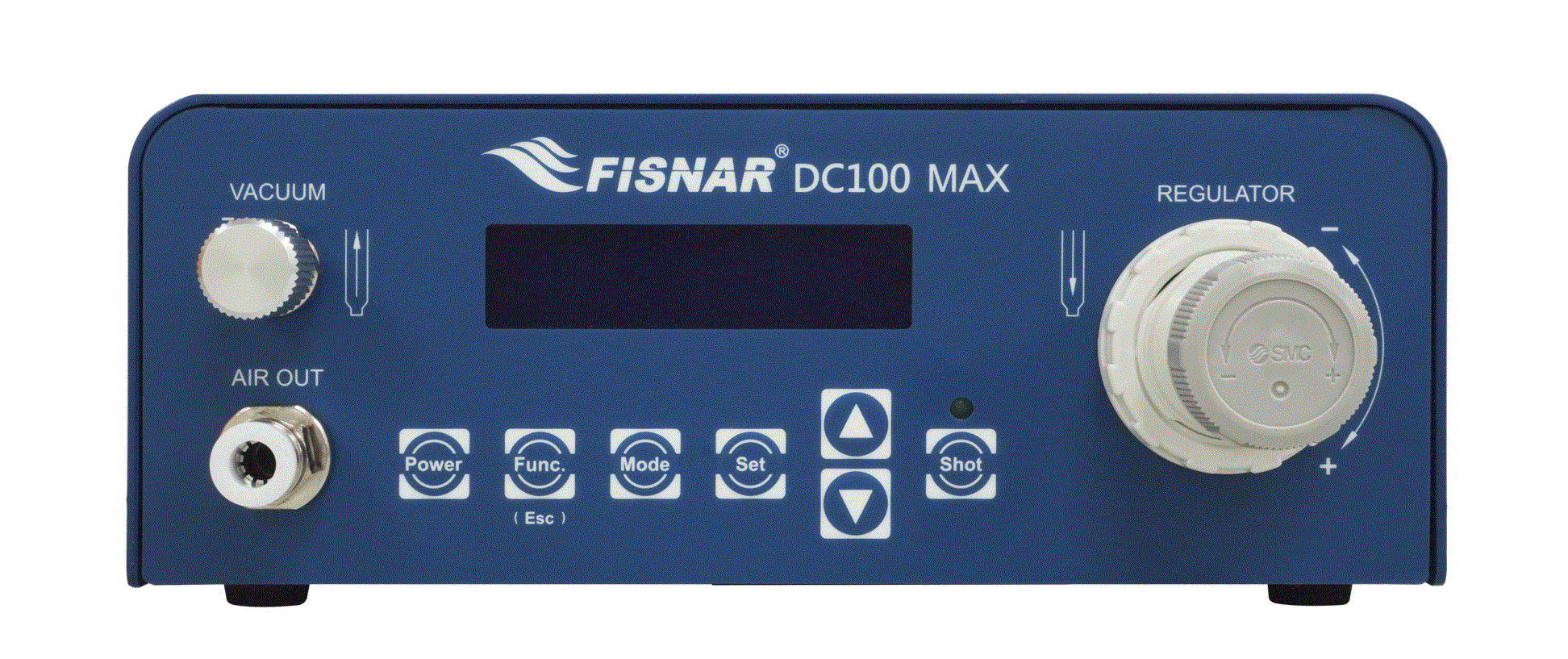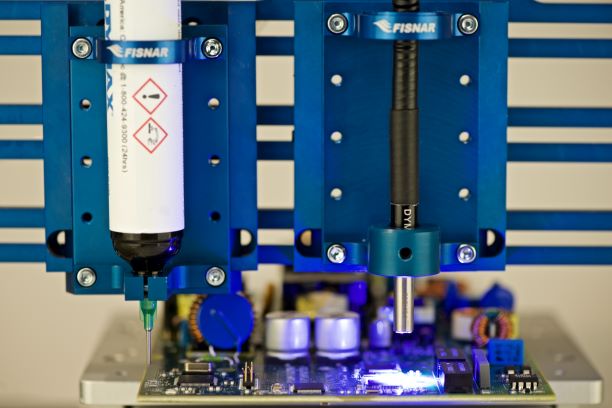

- Contributions by industrial experts with engineers in mind
- Focused on specialty-chemical material applications and selection
Knowledge Center
Find the right chemistry to protect your printed circuit board components

Getting peak performance out of any product with printed circuit boards (PCB) means finding the ideal material to coat, pot or encapsulate those parts. There isn't one best choice for every situation, however. The right substance for your purposes will be one that fits with your manufacturing processes, the job the finished part will fulfill and the environment it's expected to exist within.
By running down the following questions, you can think clearly about what you want, expect and need from your PCB protection material and pick the formulation that will deliver peak performance.
Why use potting, encapsulating or coating to protect PCBs?
This is a simple question, but vitally important. Essentially, what are you hoping to accomplish by using a protecting material on your PCB components?
To create a long-lasting and reliable product, you need to ensure the PCBs can stand up to whatever conditions they will be used in, whether that means high humidity, salt fog, temperature extremes, electrical interference, chemicals or immersion in water.
Your protection chemistry of choice will provide a layer of defense for the PCB and keep the entire product functioning as intended.
What traits differentiate PCB protection materials?
Before you start browsing the list of potential chemistries for your PCB project, you should verify the different properties these substances bring to the table. There is no one "silver bullet" coating that is perfect for every situation, making these assessments important.
Traits and properties of various chemistries include:
|
|
|
|
|
|
|
|
|
|
|
Selecting the right material for your PCB protection project means picking a chemistry with all the traits you need most to keep the board, and the whole product, operating at peak effectiveness.
What are the common methods and chemistries used to protect PCBs?
The processes you can use to apply a coating to your PCB components include:
- A simple enclosure of the PCB
- Conformal coating
- Potting or encapsulation
- Low-pressure molding
Each of these is suitable for specific categories of substances, providing the ideal way to apply the substance for coverage and effectiveness.
These material categories are comprised of:
- Epoxies (potting/encapsulation/conformal coating): Durable and high in strength, epoxies have good resistance to chemicals, strong electrical properties and adhesion to a number of different substrates. It is important to note that epoxies may not have the flexibility needed for some applications.
- Silicones (potting/encapsulation/conformal coating): Holding up well when exposed to extreme temperatures, silicones have good electrical properties and environmental resistance, and they are flexible, which exerts low stress on components
- Urethanes (potting/encapsulation/conformal coating): Ideal for high-moisture or other underwater applications, urethanes have strong adhesion, good environmental resistance and good electrical properties
- Acrylics (conformal coating): Acrylics are resistant to chemicals, have good electrical properties and can adhere to a wide variety of PCB substrates
- UV/light cure acrylics/Acrylated urethanes (potting/encapsulation): This chemistry is the go-to option for ultraviolet/light-cured PCB protection applications. UV/light cure acrylics and acrylated urethanes have good adhesion, good electrical properties and durability. They offer very quick cure for optimized manufacturing efficiencies. There are also silicone-based UV/light cure materials with similar benefits, as well as the silicone benefits above.
- Thermoplastics such as polyamides (low-pressure molding): With good chemical and environmental resistance, strong electrical properties and the ability to adhere to numerous substrates, thermoplastics are the standard chemistries associated with low-pressure molding
There are also options which go beyond these standard offerings, such as parylene, used for conformal coating and deposited by sputtering or vacuum deposition.
Choosing between the many options comes down to what type of parts you are trying to protect from which types of environmental conditions.
How do you pick the right chemistry for you?
The selection of the proper chemistry to protect the PCB starts at the moment of design. What is the intended use of the board and what is its intended use environment? This, in turn, breaks down into a few important objectives.
Complying with industry requirements
Engineers' design decisions are made in service of meeting industry specifications, from vibration resistance to flammability protection. Coatings are important elements in meeting these requirements. You may find specifications such as the UL certification for flammability will guide your choice of chemistries.
As an example of industry-dictated standards, the transportation space has limitations on the types and amount of gases that can be emitted in case of exposure to fire. This is to prevent toxic smoke from entering confined spaces such as train cars during an emergency. Other specifications include the NASA outgassing requirements that must be met when designing aerospace components.
Meeting updated product design specifications
PCB design norms and expectations are evolving over time, and the chemistries and materials used to protect these components have to evolve along. This adds some challenge to the selection process — the same material that worked for your previous project may no longer be suitable. With that said, by keeping up with the times, you can unlock new performance levels for your components.
The most prominent trend in PCB development is that the parts used to make PCBs and electronics are getting smaller and closer together. A level of viscosity or other property that worked with less complex circuit boards may not work with a modern version and the heat generated by the close components may call for more thermal endurance. Furthermore, rising product categories such as light-emitting diodes (LEDs) come with specifications of their own, such as the need for clear or optically clear coatings.
Working with new techniques and methods
Companies with manufacturing facilities that let them use new and updated application methods can increase their search for an ideal chemistry. This raises an important idea: Your facility's capabilities are also a factor in picking your material, in addition to the PCB's specifications.
Ultraviolet light-cured (UV Cure) materials, largely acrylics and acrylated urethanes, for example, have become very popular in recent years. By considering a wide range of application methods and chemistries, it's possible to get closer than ever to ideal performance targets for PCBs.
Where can you learn more about chemistry options?
Gluespec allows you to both access a deep trove of data about your material options and create a grid that compares all those chemistries' material properties. These capabilities can be essential to optimizing your next PCB project.






